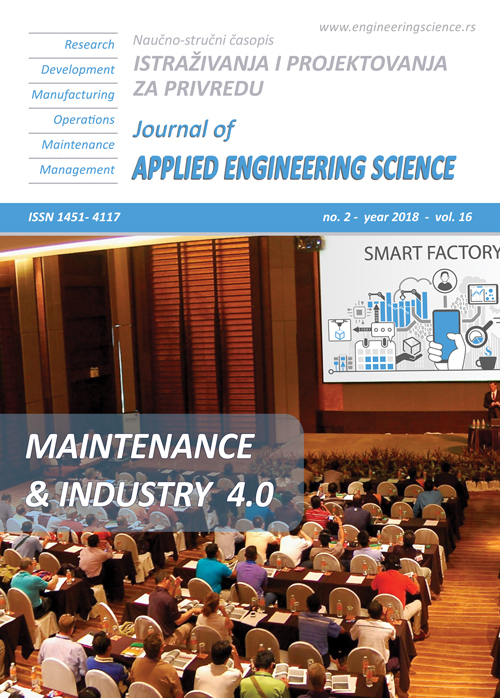BURNED AREA RECOGNITION BY CHANGE DETECTION ANALYSIS USING IMAGES DERIVED FROM SENTINEL-2 SATELLITE: THE CASE STUDY OF SORRENTO PENINSULA, ITALY
Abstract
The purpose of this paper is to identify the burned areas that occurred in Italy during the summer of 2017 using change detection analysis techniques. This task is possible thanks to continuous, free and open availability of the multispectral images obtained by Sentinel-2 satellites. Indeed, comparing the satellite images of the same scene acquired at different times, it was possible to evaluate the landscape change. In this paper, the Direct Comparison change detection technique was applied to the analysis and identification of burned area using several Remote Sensing indexes. In particular, in order to achieve this aim, NBR (Normalized Burn Ratio) and NDVI (Normalized Difference Vegetation Index) were used. By case study in South Italy region (Sorrento peninsula), using images derived from Sentinel-2A imagery, it was possible to identify the burned areas in a specific period and evaluate the performance of the two indexes. In fact, after having constructed the confusion matrix for the two tested indexes, through the use of methods that indicate the quality of a thematic map (User's Accuracy, Producer’s Accuracy, Overall Accuracy and Kappa coefficient), the percentage values for each remote sensing index analyzed were compared. The analysis of the different methods revealed, from one side the high quality of the results achievable by NBR index, on the other side, it was shown how, in some areas, the NDVI was inadequate for the recognition of burned areas.

